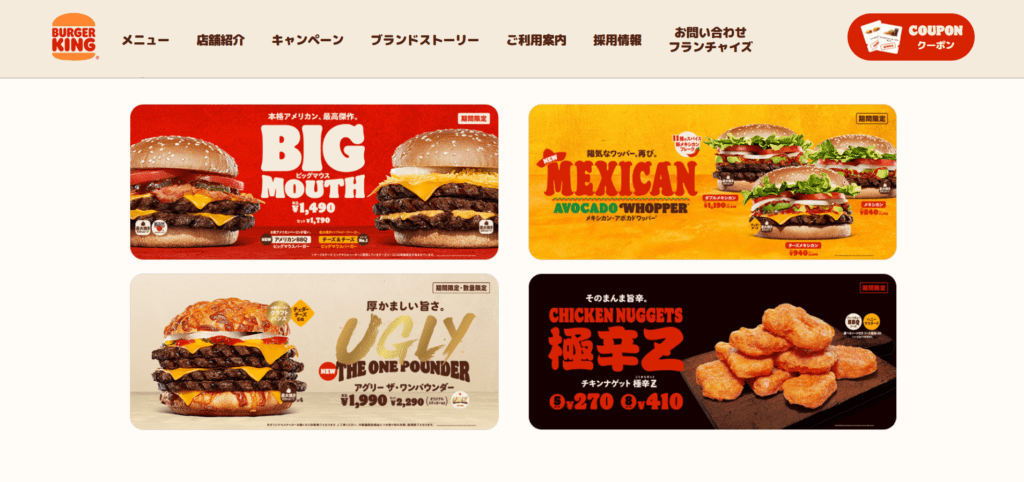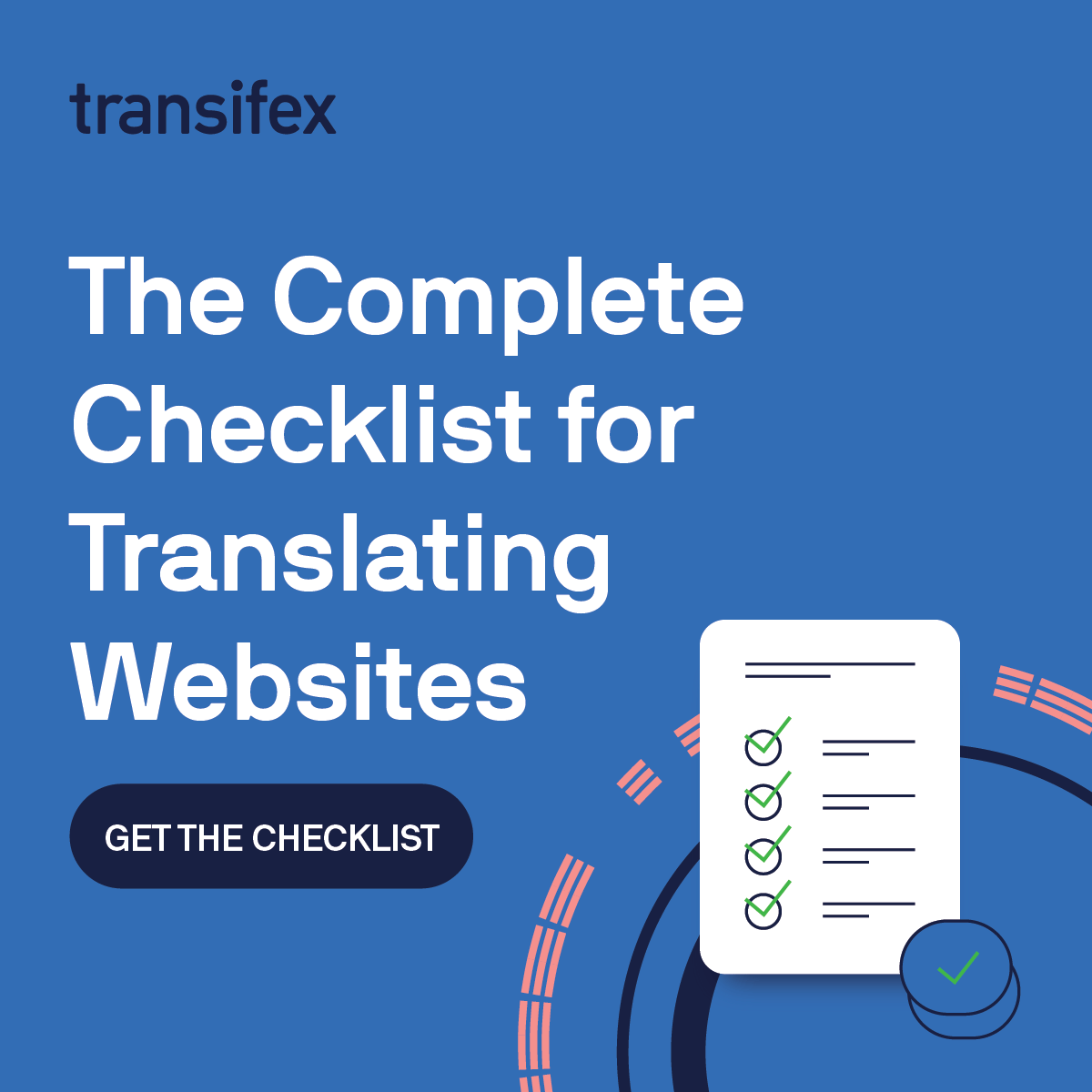Website localization is key to expanding your brand to global markets and increasing international traffic.
However, adapting your website to the preferences of your target audience isn’t simple. You need to consider many factors and make adjustments to facilitate an effective website localization process.
Using the right tools is just one aspect of successful localization, but it’s also important to implement the right practices!
Keep reading to learn the 10 best website localization practices and how to avoid common mistakes.
Why Do You Need Website Localization?
Did you know that less than 20% of the world’s population speaks English, but more than 50% of web content is written in English?
With the majority of internet users unable to understand English content, the need for localization is imperative!
Foreign users and potential customers need to understand information about your products and services in their native language to consider purchasing. In fact, 72% of global customers prefer to buy products with information in their language.
Since localization directly impacts purchasing decisions, localizing your website can help you increase sales!
Moreover, speaking the language of your target audience can set you apart from competitors that don’t have a localized website, showcasing what your brand has to offer to the fullest.
No wonder companies that localized their websites into more than five languages had the highest conversion rates compared to those with fewer localized languages.
Therefore, creating a multilingual website is crucial for entering new markets and bridging the cultural gap between you and your target audience!

The Best Practices for Successful Website Localization


Website localization can be a complex and tedious process without the proper tools and practices.
However, there are several practices you can leverage to ensure your website resonates with your target audience without wasting time and resources.
Let’s explore them!
#1 Prepare your website for localization with internationalization
One of the most important steps toward successful localization is the right preparation, i.e., internationalization.
This process assesses your website’s code to ensure you can translate content easily without any technical issues. It is essential for a smooth localization process, as it helps you translate your website content into any language without rebuilding it from scratch.
This can help you save time and money, avoiding many challenges down the road!
#2 Understand your target audience
Before you start localizing your content, it’s crucial to understand the cultural nuances of your target market.
Each region has unique needs, so identifying your audience’s preferences is essential for successful localization.
To achieve this, thorough market research should be conducted to understand your audience’s needs and the legal requirements of each country.
Understanding the cultural differences in each region will help you tailor your content effectively, preventing misunderstandings that could damage your brand’s reputation and erode trust with your users.
#3 Do thorough keyword research
Once you have decided which foreign markets you want to target, the next step is to discover the keywords your target audience uses to search for products and services like yours online.
Translating your English keywords into the target language using tools like Google Translate is not a good idea because every country has linguistic nuances that literal translation cannot capture.
Additionally, foreign users perceive and talk about products and services like yours differently.
Therefore, finding the keywords your target audience uses to search online and strategically placing them on your localized website is key to creating culturally relevant, personalized content!
#4 Prioritize international SEO
Conducting thorough keyword research is also inextricably linked to international SEO.
International search engine optimization comprises practices you can implement to help your website rank higher in local search engines.
Why is this important?
The higher your ranking on search engines, the easier it is for users to find your website and the greater the chances of them visiting it.
This can result in increased website traffic and higher conversion rates, which is, of course, good for your business.
So, investing in international SEO should be one of your localization priorities!
#5 Make the appropriate adjustments to website design
Translating your website’s text is just one aspect of localization; you must also localize your website design, adjusting each page to the target language’s requirements to ensure seamless browsing.
For example, the words in some languages are longer than in other languages, so you must ensure that your pages have enough space to fit more text.
You should also rearrange some UI and UX elements of each web page to match the preferences of your target market.
Remember that, depending on your target markets, you may need to redesign your entire website to ensure it resonates with local users!
To learn more about optimizing your website’s original content for localization, check out Create Global-Ready Content for International Audiences.
#6 Separate images from text
Having images with embedded text can slow down the localization process, as your designers would need to redesign images to incorporate translated text.
So, separating images from text when possible and using captions or displaying text as an overlay can help you save time and money.
However, you shouldn’t neglect to recreate images with cultural references to match your audience’s cultural nuances and preferences when needed!
#7 Adjust date and time formats
Not every country uses the same date and time formats or currency, so you should adapt those elements to each language’s requirements.
As mentioned above, internationalization will help you understand how your website handles different date and time formats. Ensuring your website can support several date and time formats, as well as character sets, is essential for smooth localization!
#8 Choose efficient translation tools for website localization
Choosing efficient translation tools can help you overcome numerous localization challenges and speed up the translation process without wasting resources.
Some key characteristics to look for when searching for the right translation tool are:
- Translation memory
- Application programming interface (API)
- Tech-stack compatibility
- Brand-specific glossaries
- Ability to produce contextual high-quality translations, like Transifex AI
- Collaboration features
- Integration with CMS (Content Management System) platforms
#9 Make switching languages easy
Even within the same country, users may speak different languages, meaning they may browse your website in a different language than you expect.
Therefore, different language options should be obvious, and switching languages on your website should be effortless, ensuring a seamless user experience.
If you target multiple languages, using tools that support a wide range of languages is crucial.
Transifex, for instance, supports more than 500 languages, helping you localize your content for almost every country in the world!
#10 Streamline localization workflow
A website localization project requires collaboration between different teams across different time zones.
This can be challenging unless you use the right workflow management tools that help you seamlessly manage localization workflows, like Transifex!
Transifex offers flexible localization workflow management tools that help you:
- Review every stage of the website localization process,
- See how content translation is handled,
- Check every project’s status and more!
Using effective localization workflow management tools can also help you avoid duplicate efforts, errors, or inconsistencies, speeding up the translation process and reducing time-to-market!
How can Transifex help you with website localization?
Localization can be time-consuming and expensive if you don’t use effective tools that meet your business’s unique needs!
Transifex offers Transifex Live, a no-code solution that enables real-time marketing content localization directly on your website. Just sync your CMS or website with Transifex and start generating human-quality translations tailored to your brand’s unique voice and messaging with Transifex AI.
Just by embedding a JavaScript snippet in your website code, you can directly manage translations, avoiding backend integration or complex coding and eliminating traditional file-based processes!
Are you ready to localize your website effectively without delays, technical complexities, and extra costs?
Sign up for a free trial today!
FAQs
Is website localization different from website translation?
Yes, website translation refers to word-to-word website content translation, while website localization refers to adjusting the translated content to match the target audience’s cultural nuances and preferences.
What is the process of localization?
Localization involves adapting the website’s original content for a target market. This includes the localization of text, visuals, date and time formats, and more!
What is an example of website localization?
There are numerous examples of localized websites, including IKEA, McDonald’s, Coca-Cola, Burger King, Starbucks, and Red Bull.
Who needs localization?
If you’re trying to expand globally, you need to localize your website to reach your intended foreign audiences in their native language.
Should I localize URLS?
Localized URLs are an essential part of website localization, as they help users and search engines understand your website’s language. Having separate URLs for every language you target also helps your website get paired with local search engine results, which can increase website visits.
How much do localization services cost?
Professional translators usually charge around $20-60 per hour, depending on the language pair.
What is a multilingual website?
A multilingual website is a website that has content in more than one language.











